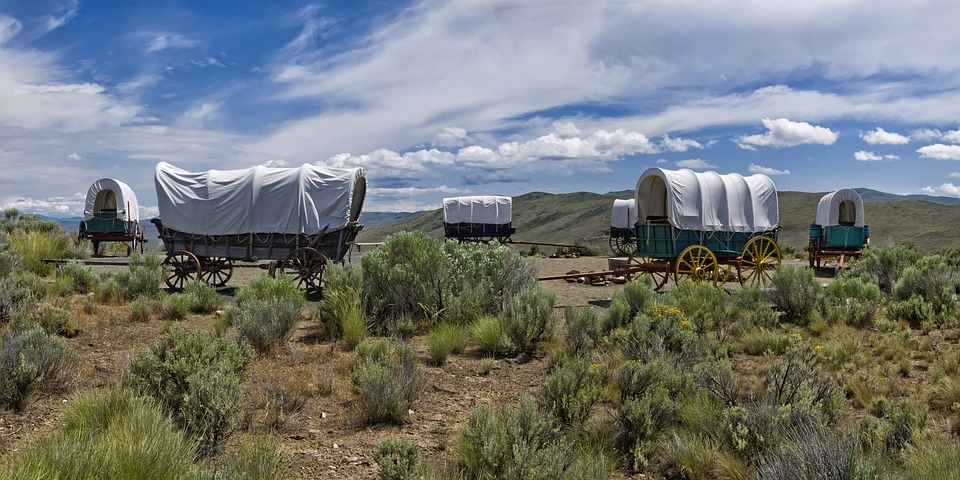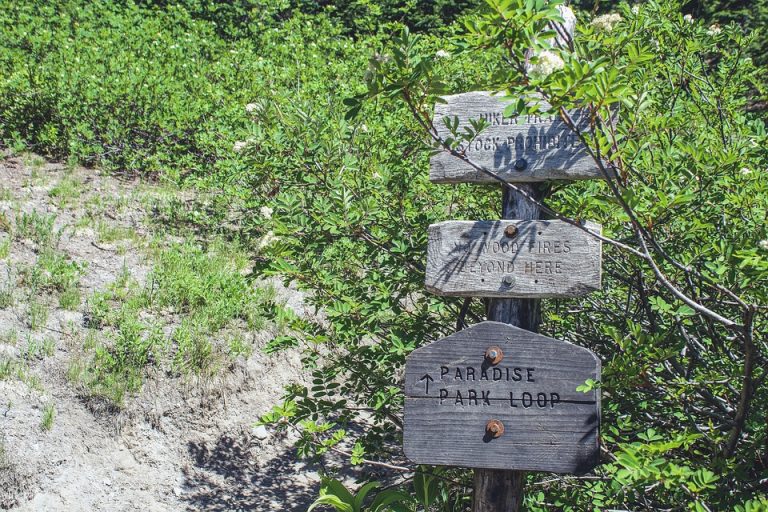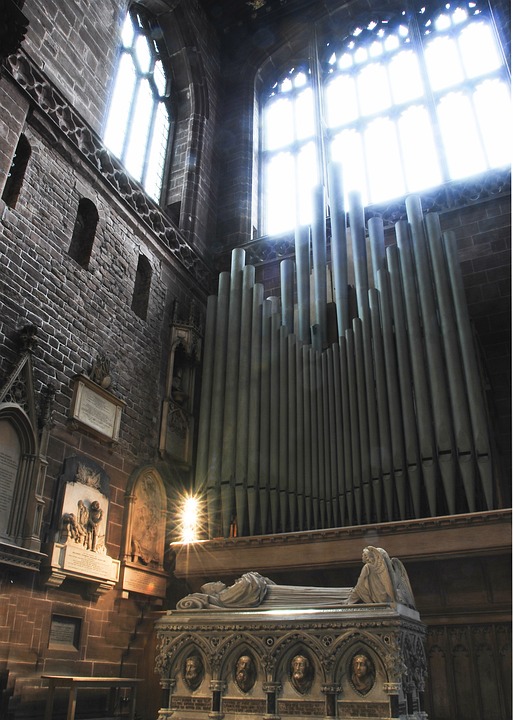
Discovering the Beauty of the West: Exploring Oregon Trail’s Scenic Route
The Oregon Trail is a historic route that stretches over 2,000 miles from Missouri to Oregon. It was the primary route used by pioneers during the mid-1800s to travel to the Pacific Northwest. Today, the Oregon Trail is a popular tourist destination, with many visitors exploring the scenic route and discovering the beauty of the West.
One of the best ways to explore the Oregon Trail is by taking a road trip. The route is dotted with landmarks and attractions that provide a glimpse into the history of the West. Starting in Missouri, visitors can stop at the Gateway Arch in St. Louis and the Missouri State Capitol in Jefferson City before heading west.
The first major landmark on the Oregon Trail is Independence Rock in Wyoming. This massive rock formation served as a landmark for pioneers, who would often carve their names into the rock as a way to mark their journey. Today, visitors can still see many of these carvings and take in the stunning views from the top of the rock.
Continuing west, visitors will pass through the Wind River Range and the Bridger-Teton National Forest. These areas are known for their rugged beauty, with towering peaks and pristine lakes. Visitors can hike or bike through the forests and take in the stunning scenery.
The next major stop on the Oregon Trail is Fort Laramie in Wyoming. This historic fort was a key stopping point for pioneers, who would often rest and resupply here before continuing on their journey. Today, visitors can tour the fort and learn about the history of the West.
As visitors make their way further west, they will come across the Oregon Trail Ruts in Wyoming. These deep grooves in the rock were created by the hundreds of thousands of wagons that passed through the area during the mid-1800s. Visitors can walk along the ruts and imagine what it must have been like for the pioneers who traveled along the trail.
The next major stop on the Oregon Trail is Independence, Missouri. This historic town was a popular starting point for pioneers, who would often spend time here before beginning their journey west. Today, visitors can tour the historic homes and buildings in Independence and learn about the town’s role in the Westward Expansion.
As visitors continue west, they will come across the Oregon Trail Interpretive Center in Oregon. This state-of-the-art museum tells the story of the pioneers who traveled along the trail and provides a glimpse into the challenges they faced. Visitors can explore interactive exhibits, watch films, and even try their hand at pioneer crafts.
The final stop on the Oregon Trail is Oregon City, Oregon. This historic town was the end of the trail for many pioneers, who would often settle here after their long journey west. Today, visitors can tour the historic homes and buildings in Oregon City and learn about the town’s role in the Westward Expansion.
In addition to the historic landmarks and attractions along the Oregon Trail, visitors can also take in the stunning natural beauty of the West. From the towering peaks of the Rocky Mountains to the rugged beauty of the Oregon coast, the West is home to some of the most breathtaking scenery in the country.
Visitors can hike or bike along scenic trails, take in the views from scenic overlooks, or simply relax and enjoy the natural beauty of the area. Whether you’re a history buff or a nature lover, there’s something for everyone on the Oregon Trail.
In conclusion, exploring the Oregon Trail’s scenic route is a must for anyone who wants to discover the beauty of the West. From historic landmarks and attractions to stunning natural beauty, the Oregon Trail has something for everyone. So pack your bags, hit the road, and prepare to be amazed by the beauty of the West.


